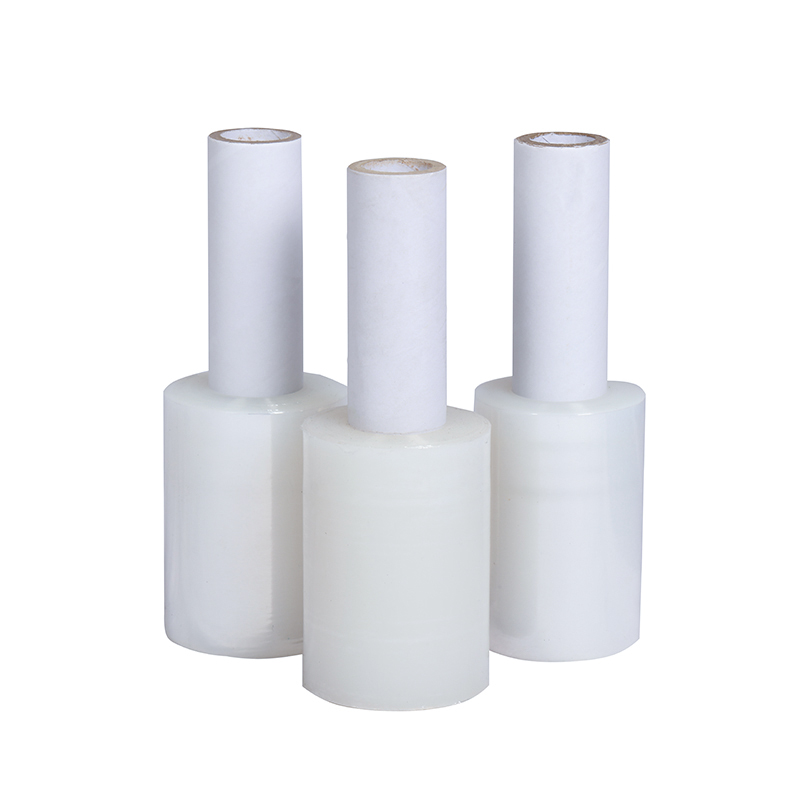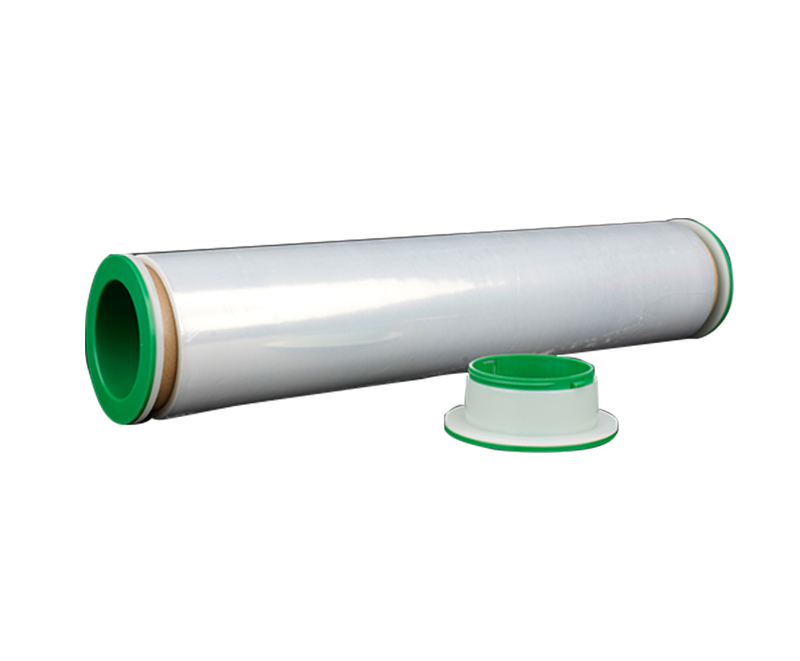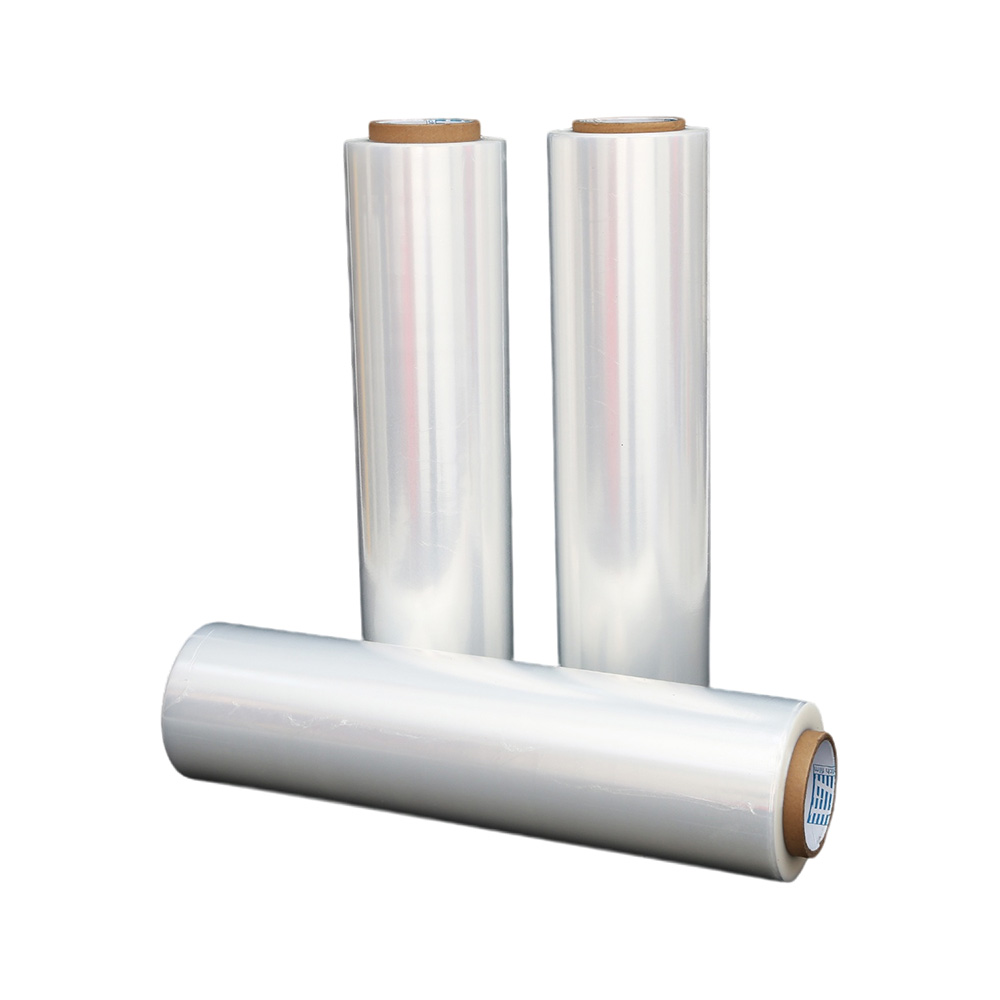How does stretch film composition affect its puncture and te
Source:How does stretch film composition affect its puncture and teTime:2023-10-30Visitors:
Introduction
When it comes to packaging, stretch film is an unsung hero. It's the unassuming material that holds your goods together during transportation and storage, preventing damage and loss. However, not all stretch films are created equal. Understanding how stretch film composition affects puncture and tear resistance is crucial for ensuring packaging integrity. In this article, we'll delve into the world of stretch film to help you make informed choices.
Stretch Film Composition
Stretch film, often called "PE stretch film," is primarily made from polyethene, a versatile polymer. Different stretch film compositions exist, formulated by manufacturers and suppliers according to specific requirements.
- Polyethylene (PE): The base material for most stretch films, PE provides flexibility and strength.
- Additives: Various additives, including resins and polymers, are incorporated to enhance specific properties. Stretch film manufacturers carefully select these additives to achieve the desired puncture and tear resistance.
Puncture Resistance
Puncture resistance is a critical property of stretch film. The film can withstand penetration by sharp objects or rough surfaces during handling and transportation. The composition of the stretch film plays a significant role in determining puncture resistance.
How Stretch Film Composition Influences Puncture Resistance
The type and amount of polyethene used in the stretch film formulation directly impact its puncture resistance. Here are some key considerations:
- High-Density Polyethylene (HDPE): Stretch films with a higher percentage of HDPE are known for their exceptional puncture resistance. They are suitable for heavy or sharp-edged loads, making them a preferred choice for industrial and commercial applications.
- Low-Density Polyethylene (LDPE): LDPE-based films offer excellent tear resistance but may have slightly lower puncture resistance. They are often used for lighter, more fragile loads.
- Additives: The judicious addition of resins and polymers enhances puncture resistance. These additives create a more challenging, more durable film. Manufacturers carefully select the proper additives to achieve the desired balance between puncture and tear resistance.
Tear Resistance
Tear resistance is another essential property to consider. While puncture resistance deals with penetration by sharp objects, tear resistance relates to the film's ability to resist tearing when subjected to stress or impact.
How Stretch Film Composition Affects Tear Resistance
Just like with puncture resistance, the composition of the stretch film has a significant impact on its tear resistance:
- Resins: Stretch film manufacturers often use specific resins to improve tear resistance. These resins enhance the film's toughness and resilience.
- Thickness: Thicker films tend to have better tear resistance. However, it's essential to balance thickness and other factors, as excessively thick films may not provide the desired cost-efficiency or stretch.
- Layering: Some stretch films have multiple layers with varying compositions. This can provide a synergistic effect, combining the strengths of different materials to achieve the desired tear resistance.
Packaging Integrity Implications
Understanding the relationship between stretch film composition, puncture resistance, and tear resistance is crucial because it directly affects packaging integrity. The consequences of not using the correct type of stretch film can be significant:
- Product Protection: A well-chosen stretch film with high puncture and tear resistance ensures that your products remain undamaged during transit. This protection is especially vital for delicate or valuable goods.
- Reduced Shrinkage: The proper stretch film minimizes load shifting and prevents items from falling off or being tampered with during transport. This reduces shrinkage and the risk of theft.
- Cost Efficiency: By selecting the appropriate stretch film composition, you can balance protection and cost. Thicker films may offer better resistance but could be overkill for some applications, leading to unnecessary expenses.
- Environmental Impact: The choice of stretch film composition can also impact ecological considerations. Eco-friendly options are available, and considering sustainability can be a crucial factor in modern packaging.
- Brand Reputation: Reliable packaging that maintains the integrity of your products reflects positively on your brand. Customers are more likely to trust companies that prioritize product protection.
In real-world scenarios, inadequate packaging can increase returns, lost sales, and damaged reputations. To prevent these issues, it's essential to work closely with reputable stretch film suppliers and manufacturers who can provide expert advice on selecting the correct film for your specific needs.
Choosing the Right Stretch Film
Selecting the proper stretch film is a critical decision, as it involves balancing various factors to meet your unique packaging needs. Here's a guide to making an informed choice:
- Assess Your Load: Understand the weight, size, and nature of the products you're packaging. Heavier or bulkier items may require stretch films with higher puncture resistance, while lighter, more delicate products might need a focus on tear resistance.
- Environmental Considerations: If sustainability is a priority, explore eco-friendly stretch film options. Many manufacturers offer biodegradable and recyclable films that protect your products and the planet.
- Budget Constraints: Determine your budget constraints. Stretch film composition, thickness, and additives can significantly affect costs. It's essential to find a balance between protection and cost-efficiency.
- Industry Standards: Be aware of industry standards and certifications for stretch film. These standards can guide your choice and ensure you use high-quality materials.
- Supplier Expertise: Collaborate with a reputable stretch film supplier or manufacturer. They can provide expert guidance, recommend suitable products, and even customize stretch film formulations to meet your specific requirements.
- Trial Runs: Conduct trial runs with different stretch films to assess their performance in your packaging environment. This hands-on experience will help you make an informed decision.
- Feedback and Reviews: Seek input from others in your industry who have experience with stretch films. Online reviews and testimonials can also provide insights into a product's performance.
By considering these factors and working closely with experienced suppliers, you can select the ideal stretch film composition to ensure the integrity of your packaging.
Conclusion
In the world of stretch film, the composition is the foundation of packaging integrity. The choices you make regarding puncture and tear resistance can have a significant impact on the protection of your products, your budget, and your brand's reputation. The key is to strike the right balance, considering your needs and industry standards.
When in doubt, feel free to consult with stretch film experts, including stretch film suppliers and manufacturers. Their expertise can help you navigate the vast array of options and ensure that your stretch film meets the highest standards of quality and performance.
Remember, your choice of stretch film isn't just about wrapping products; it's about safeguarding your business's success and customer satisfaction.
For further guidance and inquiries about stretch film, contact reputable stretch film manufacturers and suppliers.
Recommended Products
Ranked in the same article
- how to use the stretch film technology to r
- How can we get detailed price list?
- Five common quality problems of PE protecti
- Plastic film degradation
- How to guarantee punctual shipment for our
- Gauge to Micron and Millimetre Conversion G
- What is the difference between stretch film
- Testing the permeability of stretch film
- Stretch film temperature requirements
- Electrical wire film VS electrostatic film
- Why insufficient transparency of stretch w
Latest news articles
- Exploring the Versatility of PE Stretch Fil
- Stretch Film Wrap: Exploring Its Advantages
- PE vs PVC Stretch Film: A Comprehensive Gui
- The use of pe stretch film
- What Is the Difference Between Shrink Wrap
- What is Stretch Film Used For?
- PE stretch film how to cut?
- Factors That Affect the Stretching Function
- The Influence of Stretch Film Thickness on
- What Is Red Stretch Film and What Are Its B
- Testing the permeability of stretch film



